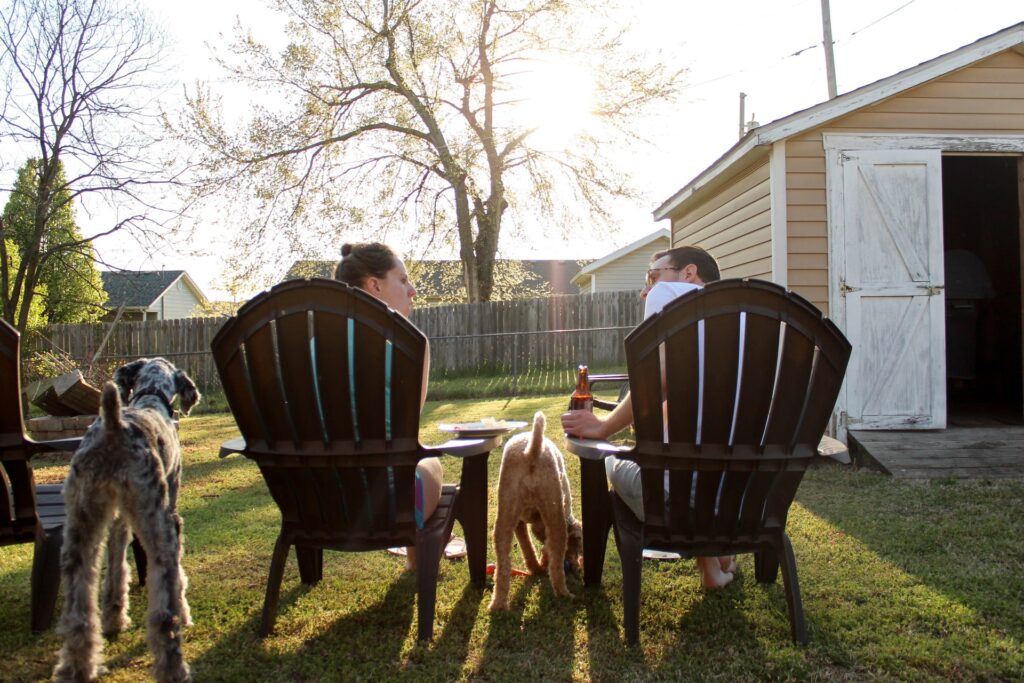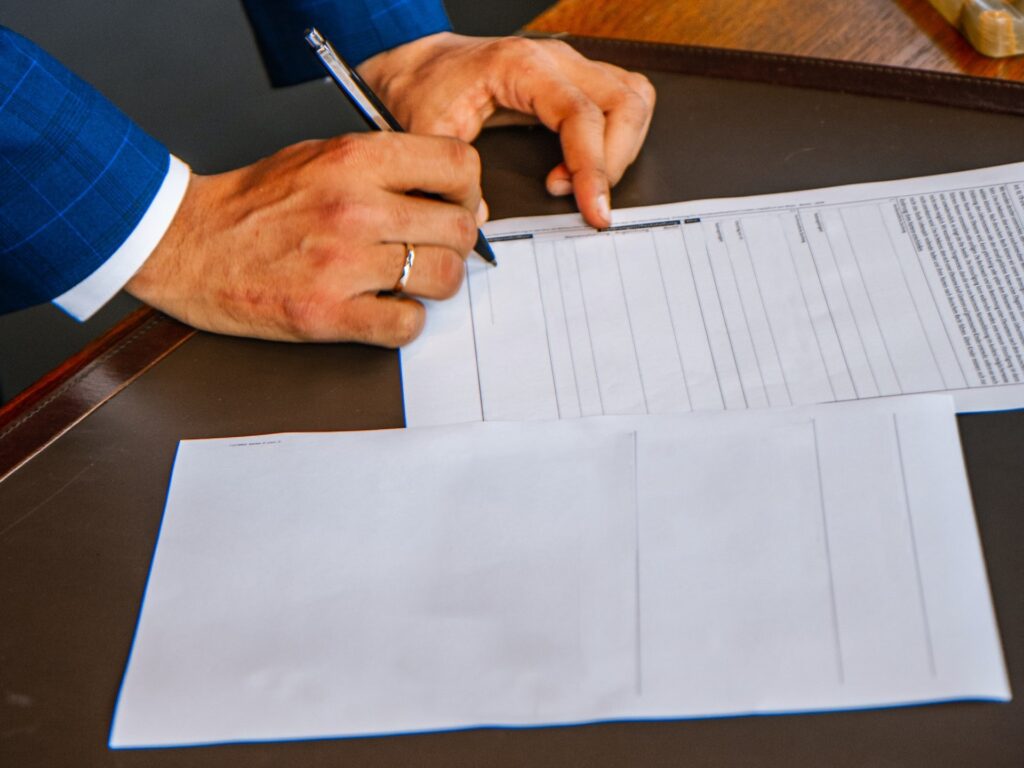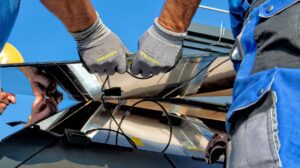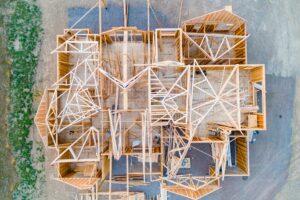
Do You Need a Permit to Build a Shed?
Once you become a homeowner, you’ll have a lot of control over your property. There are, however, some limitations. While you can paint a room or install countertops without obtaining a building permit, larger projects usually require one. Constructing a shed in your yard is a great way to add storage space and increase the value of your property. However, you may need to apply for a permit before you start building the shed.
There are numerous factors that determine if you need a permit, which include the shed’s intended use, size, and location. If you build a shed without first obtaining a permit, you could be asked to tear down your work or pay substantial fines. A lien could even be placed on your property. In this guide, you’ll learn the answer to “Do you need a permit to build a shed?”. You’ll also discover the consequences that occur when you fail to acquire a permit.

What is a Building Permit?
A building permit is a type of document that gives you the ability to legally renovate a home or construct a new building from scratch. The purpose of a building permit is to make sure your project follows all local zoning laws and building codes. Zoning laws are the guidelines that determine how areas of land are labeled. For example, a residential zone may only accommodate apartment units, single-family homes, and condos.
As for building codes, they are laws that regulate how commercial and residential buildings should be designed and built. Every aspect of a building can be controlled by these codes. For example, local codes might dictate that homes are built with materials that have a specific amount of fire resistance. Building codes are designed to increase a structure’s integrity and safety, which should limit property damage, injuries, and deaths.
A building permit for a shed allows you to work on this type of project. You can be confident that your plans and drawings of the shed adhere to local building codes if your application is approved.
Factors That Determine Whether You Need a Permit
The numerous factors that determine whether you need a permit to build a shed include the following:
- Shed size
- Purpose and use
- Location
The main factor that determines if you need a permit is the size of your shed. Municipalities often set specific square footage limits that property owners must abide by. For example, you’ll likely need a building permit if your shed is going to have a floor plan that’s larger than 120-144 square feet.
Keep in mind that these requirements can vary considerably by district. In California, a permit is needed if the shed is larger than 120 square feet. In Florida, a shed that’s used solely for storage can be up to 200 square feet without needing a permit.
The purpose of the shed will also play a role in permitting requirements. If you’re making a basic shed for storage, you may be able to construct it without a permit. On the other hand, a permit is often needed if you’re going to use the space as a workshop, studio, or home office. If you plan to install plumbing or electrical wiring in the shed, you must apply for a permit.
As for the location, placement is a critical factor when identifying if a permit is required. For example, you may need to maintain a specific distance between the shed and your property lines. If you have easements on your property, you won’t be allowed to build a shed in these areas. Some other factors that might impact your need to obtain a permit include the following:
- Type of foundation
- Homeowners association rules
- Modifications to the existing shed
- Electricity installation
How to Obtain a Shed Permit
Obtaining a shed permit requires an ample amount of paperwork and preparation. First, research the local application requirements, which you should be able to find on the building department’s website. You can then prepare the application, which involves gathering comprehensive construction plans. Make sure these plans include information about materials, location, and dimensions.
Before you apply, read up on the local zoning department requirements to make sure your building plans meet these guidelines. If there’s an error in your application, the local building department will likely ask you to fix the issue, which could lead to a lengthy delay.
The application process is usually straightforward. You’ll likely need to fill out some information about your property, after which you can pay the necessary fees. You may need to provide an estimated value of the shed as well.
If your permit application is approved, you’ll still be tasked with scheduling inspections during the construction process. Inspections occur at different intervals to ensure the shed is being constructed according to your building plans. If everything goes well, your shed should receive final approval, which means that the structure is legal.

Costs and Timeframe for Permits
The costs associated with shed permits depend on numerous factors, the primary of which include building specifications and the location of your property. In some locations, you could pay a flat fee that ranges from $25-$100 to build a small shed. In other areas, however, the permit fee could be a small percentage of the project costs. When the permit fee is based on a percentage, it can be expensive.
The money you spend to obtain a permit will cover the costs of inspections and administrative tasks. If your project requires numerous inspections, you may be asked to pay additional fees. The cost for a standard building permit in Los Angeles is around $1,200. However, a shed permit can be $40-$100 in LA. Once you pay the necessary fees, you may need to wait anywhere from one week to two months for the permit to be approved. A permit expediter can help you shorten this timeframe.
Building Without a Permit: Risks and Consequences
Building a shed without a permit comes with serious risks and consequences. These permits are required to ensure your shed isn’t a safety hazard for yourself or your neighbors. The primary consequences associated with constructing a shed without a permit include the following:
- High fines
- Lien on property
- Structural failure
- Complaints from your neighbors
- Penalties from your HOA
If you build the shed too close to your property lines, your neighbor could become upset, which might cause other problems in the future. If you live in a neighborhood that’s governed by an HOA, you’ll need to obtain permission before constructing a shed. By notifying them ahead of time, you can avoid additional fines.
While fines vary by jurisdiction, even a first-time offender may be tasked with paying up to $50,000. If you build without a permit multiple times, you could be required to pay as much as $100,000 in fines.
Some municipalities have strict permit requirements. In Buffalo, NY, you could face a fine of $1,500 or jail time of 15 days. Keep in mind that any additional days when you don’t have the permit will be considered extra offenses. In Portland, ME, you could be fined anywhere from $500-$2,500 each day. If you receive a notification from the city and choose not to fix the problem, the penalties could increase to $5,000 per day. The highest fines are usually allotted to people who willfully choose to not obtain a permit.
Permits are necessary to ensure the structural safety of your shed. If it’s not built up to code, it could collapse. If the city discovers that you built a shed without a permit, they’ll likely send a notice through the mail. Make sure you pay attention to the letters you receive. If you throw the notice away, the city could place a lien on your home. In this scenario, the city would maintain co-ownership of your property until the lien is paid off. If you address the issue, the lien could be removed.

Exceptions and Special Cases
There are a few exceptions and special cases where permits might not be required. For example, you could build your shed to be several inches below the maximum height that’s allowed before a permit is needed. In California, a shed with a floor plan of 110 square feet could be built without a permit.
If you’ve already built a shed without a permit, you may be able to apply for a retroactive one. If the work you did meets current codes and regulations, a retroactive permit could be approved. These permits are easier to be approved for if the shed is solely used for storage.
As touched upon previously, homeowners associations (HOAs) can have additional requirements. Meet with them to ensure you can build a shed on your property without encountering any problems.
Conclusion
Building a shed on your property often requires a permit. If you intend to build a shed that’s less than 12 feet tall and 120 square feet in total size, you could get by without a permit. Waiting to get a building permit approved in Los Angeles can take weeks or months, which is why it’s highly recommended that you double-check your application before submitting it. Check local regulations before you begin construction to ensure your building plans are up to code. Obtaining the necessary permits for your project will help you avoid future issues, such as fines or liens on your property.

Jason Somers, President & Founder of Crest Real Estate
With over 15 years of professional experience in the Los Angeles luxury real estate market, Jason Somers has the background, judgement and track record to provide an unparalleled level of real estate services. His widespread knowledge helps clients identify and acquire income producing properties and value-ad development opportunities.
Learn more about Jason Somers or contact us.



